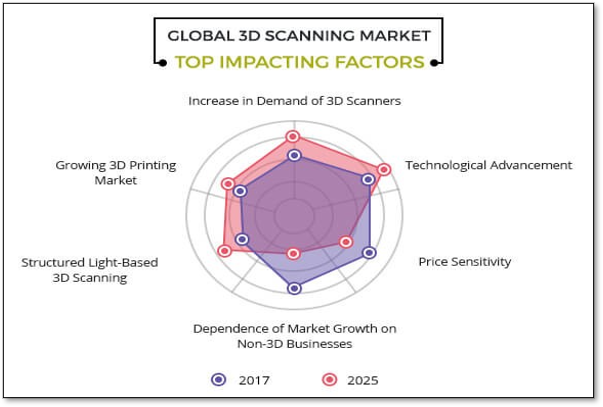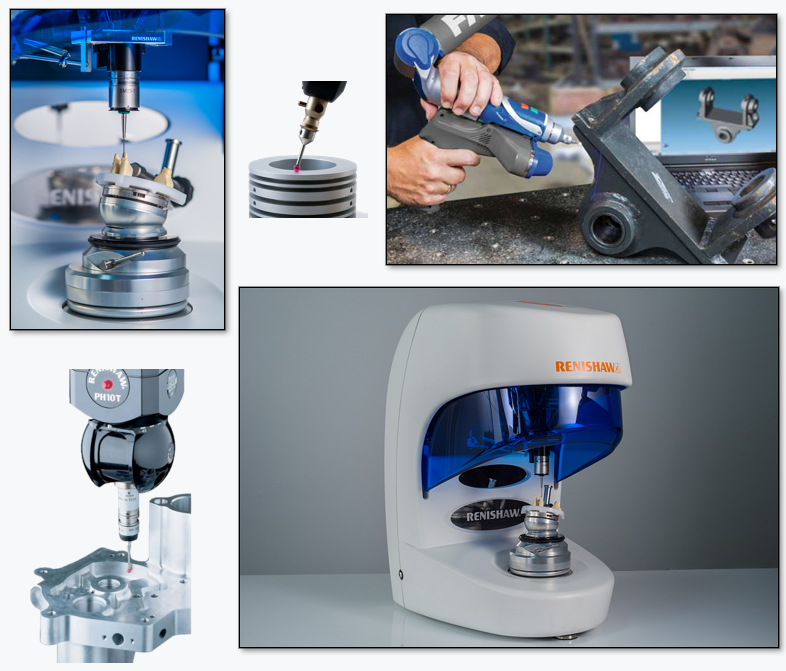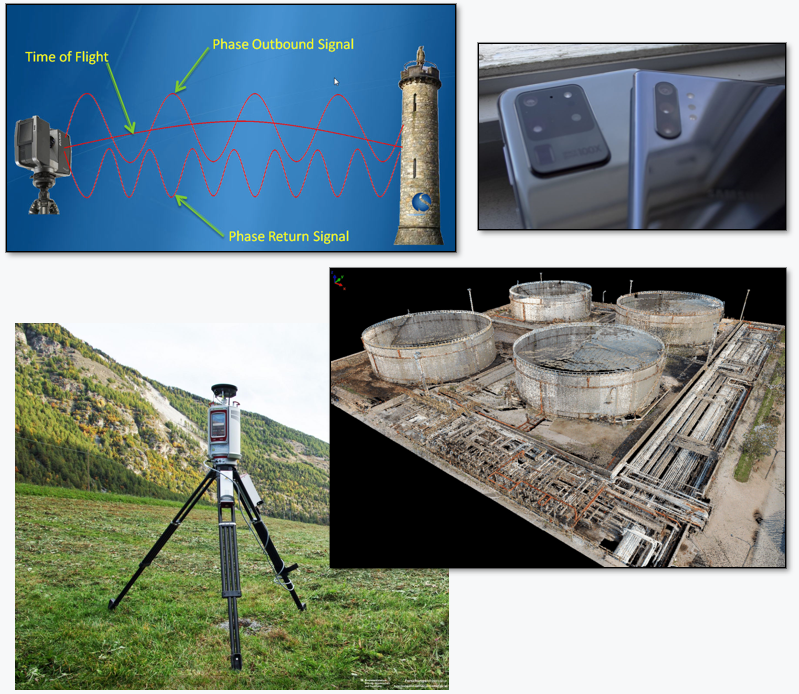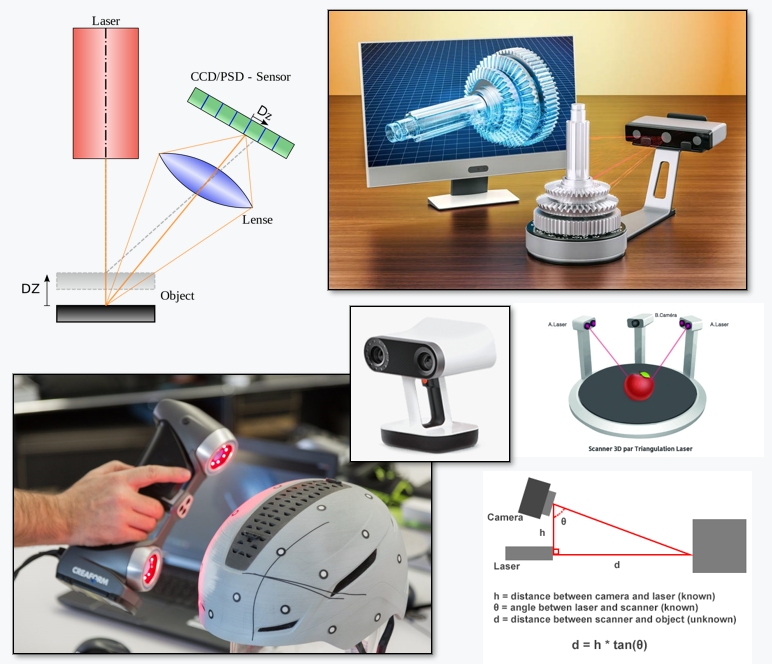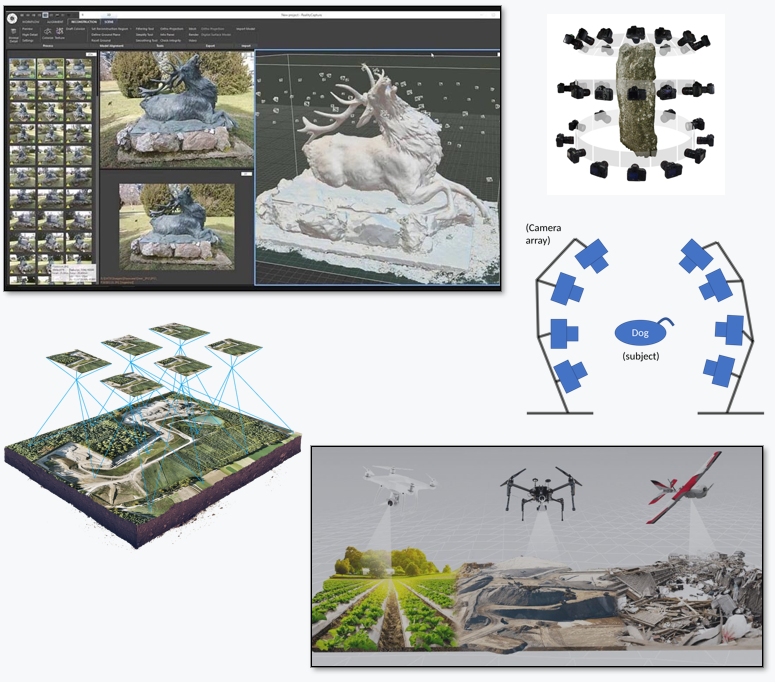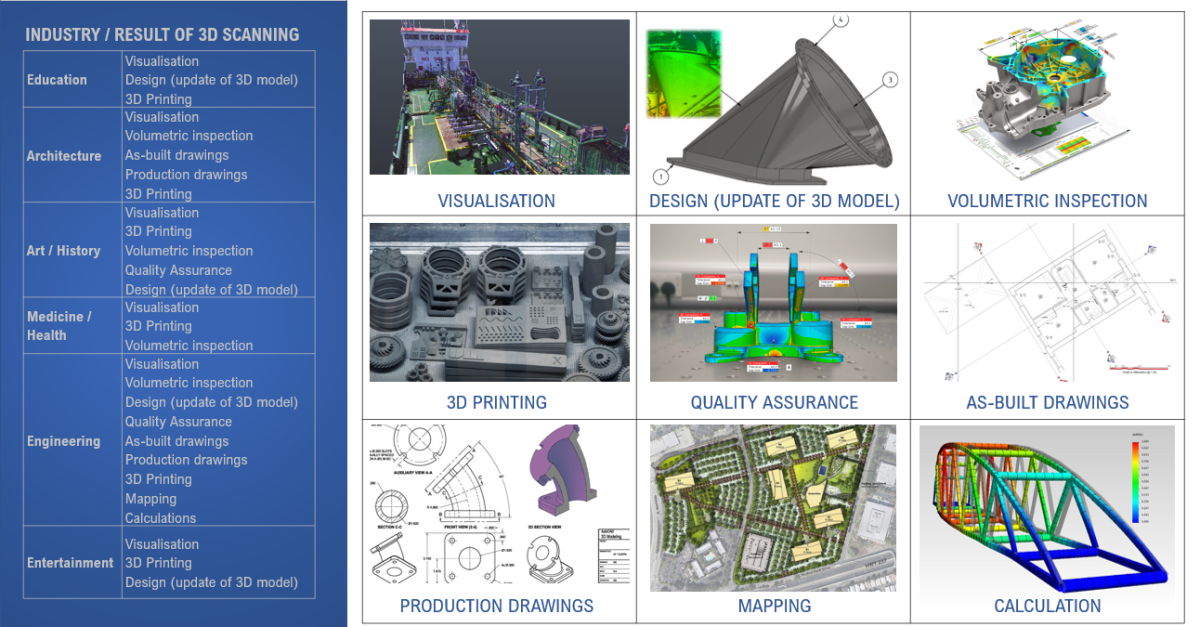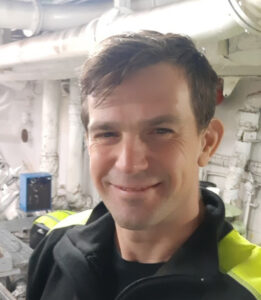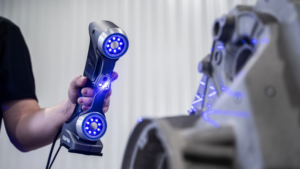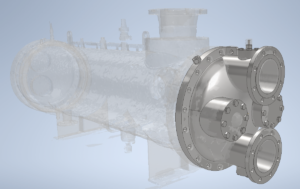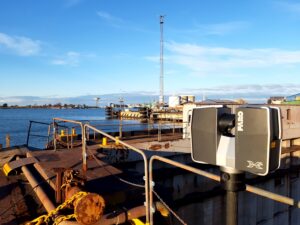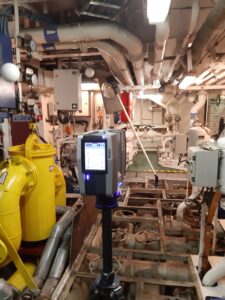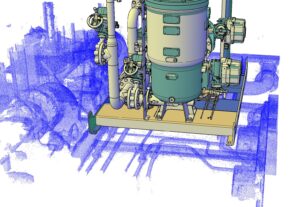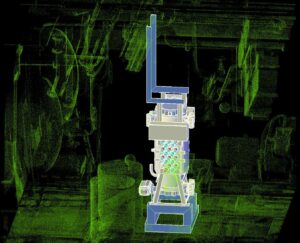 3D scanning is the process of analyzing a real-world object or environment to collect data on its shape and possibly its appearance (i.e. color). The collected data can then be used to construct so called digital three-dimensional models.
3D scanning is the process of analyzing a real-world object or environment to collect data on its shape and possibly its appearance (i.e. color). The collected data can then be used to construct so called digital three-dimensional models.
In modern engineering, the term `laser scanning’ is used to describe two related, but separate meanings. Firstly, more general, it is the controlled deflection of laser beams, visible or invisible. Scanned laser beams are used in laser printers, in laser shows, in Laser TV, and in barcode scanners.
Secondary, more specific, it is the controlled steering of laser beams followed by a distance measurement at every pointing direction. This method, often called 3D object scanning or simpy 3D laser scanning, is used to rapidly capture shapes of objects, buildings, and landscapes.

